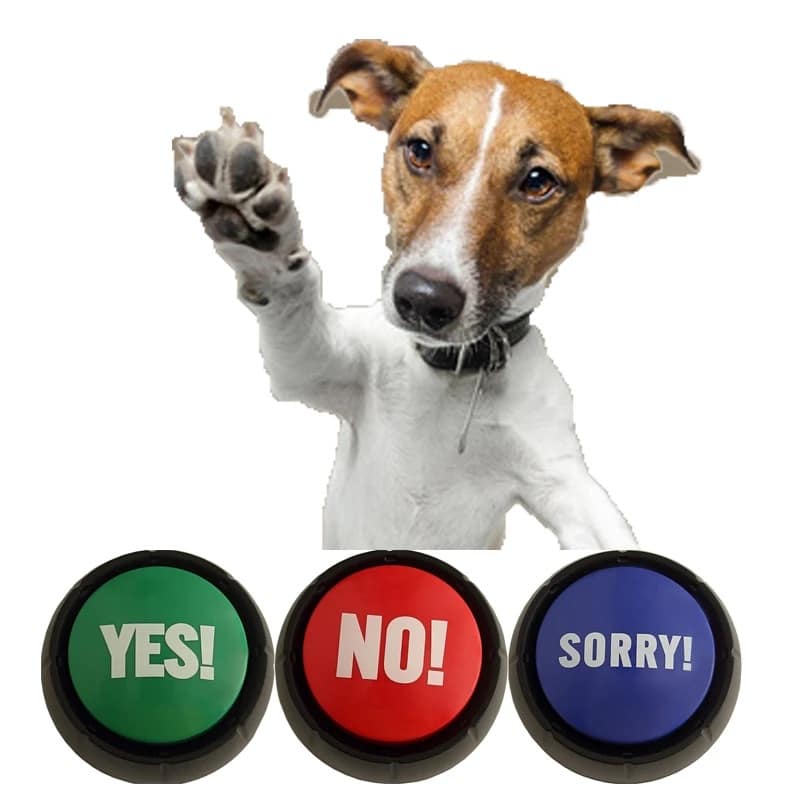behavior modification, counter-surfing, Differential Reinforcement, Dog on Couch, dog training, excessive barking, How to keep a dog off furniture, How to stop a dog from jumping, positive reinforcement
Stop Saying “No” and Start Saying “Good Dog!”: A Positive Approach to Training Your Furry Friend
Stop Saying “No” and Start Saying “Good Dog!”: A Positive Approach to Training Your Furry Friend
Stop Saying “No” and Start Saying “Good Dog!”: A Positive Approach to Training Your Furry Friend By Will Bangura, M.S., CBCC-KA, CPDT-KA, (Dog Behaviorist,) Certified Behavior Consultant.
Hello, pet guardians! As we all know, it can be challenging to train our furry friends, especially concerning problem behaviors. Many of us resort to saying “no” or punishing our dogs for their unwanted behavior, but there is a better way. In this article, we’ll explore the benefits of positive reinforcement training and how to use it to address some common problem behaviors.
Why positive reinforcement training is best.
Positive reinforcement training is a method that emphasizes rewarding good behavior rather than punishing bad behavior. It involves using treats, praise, and other rewards to encourage desirable behaviors in our pets. This method is more effective because it focuses on reinforcing the behaviors that we want rather than punishing the behaviors we don’t want. It also creates a stronger bond between pet and owner, builds trust and confidence, and is a humane way to train our pets.
Step-by-step instructions for addressing common problem behaviors using positive reinforcement training:
Stop Saying “No” and Start Saying “Good Dog!” to Barking.
Barking is a natural behavior for dogs but can become a problem if it happens excessively. To address this behavior using positive reinforcement, follow these steps:
- Step 1: Identify the cause of the barking. Is your dog barking because they are bored, anxious, or seeking attention?
- Step 2: Teach your dog to bark on command. When your dog barks on command, reward them with treats or praise.
- Step 3: Gradually increase the time between barks and continue to reward your dog for barking on command.
Stop Saying “No” and Start Saying “Good Dog!” to Jumping.
Jumping is another typical problem behavior that can be addressed using positive reinforcement. Follow these steps:
- Step 1: Teach your dog to sit and stay when they greet you.
- Step 2: Reward your dog with treats or praise when they sit and stay instead of jumping.
- Step 3: Gradually increase the time between treats and reinforce the desired behavior.
Stop Saying “No” and Start Saying “Good Dog!” to Counter surfing and stealing items.
Counter-surfing and stealing items can be dangerous if your dog ingests something harmful. To address this behavior, follow these steps:
- Step 1: Teach your dog the “leave it” command.
- Step 2: Reward your dog with treats or praise when they leave an item alone.
- Step 3: Gradually increase the distance between your dog and the item.
Stop Saying “No” and Start Saying “Good Dog!” to Biting and playing too rough.
Biting and playing too rough can be dangerous behavior, especially for children. To address this behavior, follow these steps:
- Step 1: Stop the playtime immediately when your dog bites or plays too rough.
- Step 2: Ignore your dog for a short period and wait for them to calm down.
- Step 3: Reward your dog with treats or praise when they resume playing gently.
Stop Saying “No” and Start Saying “Good Dog!” to Getting up on furniture.
If you don’t want your dog to get up on the furniture, it’s essential to provide them with a comfortable bed or mat. To address this behavior, follow these steps:
- Step 1: Teach your dog to go to their bed or mat.
- Step 2: Reward your dog with treats or praise when they go to their bed instead of the furniture.
- Step 3: Gradually increase the distance between your dog’s bed and the furniture.
In summary, positive reinforcement training is an effective and humane way to train our pets. Punishing or scolding them for unwanted behaviors can cause anxiety and fear, leading to more problem behaviors. By reinforcing the behaviors we want to see with treats, praise, and affection, we can build a stronger bond with our pets and create a happier and healthier environment for us. Happy training!
Here are some references and resources for further reading on the topic of positive reinforcement training and addressing common problem behaviors in dogs:
- “Don’t Shoot the Dog! The New Art of Teaching and Training” by Karen Pryor
- “The Power of Positive Dog Training” by Pat Miller
- “How to Behave So Your Dog Behaves” by Dr. Sophia Yin
- “The Culture Clash” by Jean Donaldson
- “Positive Reinforcement: Training Dogs in the Real World” by Brenda Aloff
- “Clicker Training for Dogs” by Karen Pryor
- “Training the Best Dog Ever: A 5-Week Program Using the Power of Positive Reinforcement” by Larry Kay and Dawn Sylvia-Stasiewicz
- The American Kennel Club (AKC) website has a section on dog training that includes information on positive reinforcement techniques: https://www.akc.org/dog-owners/training/
Many positive reinforcement trainers and behaviorists also share their expertise and tips on social media platforms such as Instagram and YouTube. Some popular accounts include Zak George’s Dog Training Revolution, Kikopup, and Simpawtico Dog Training.


